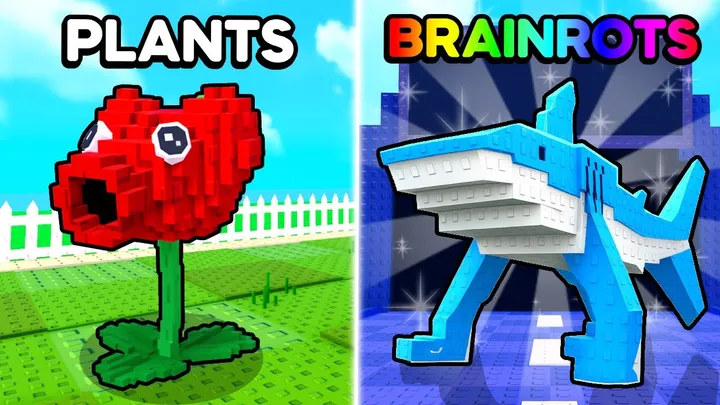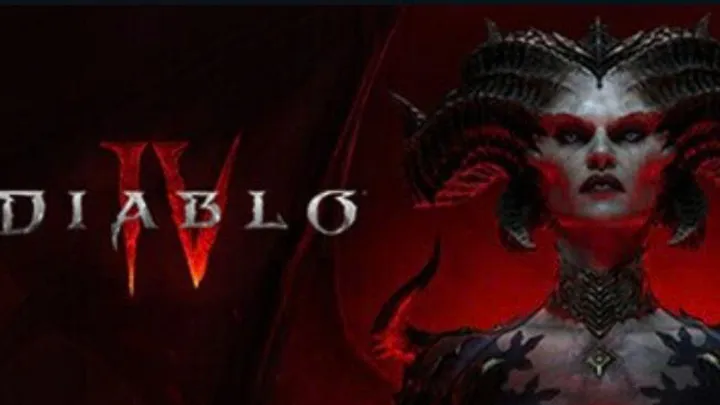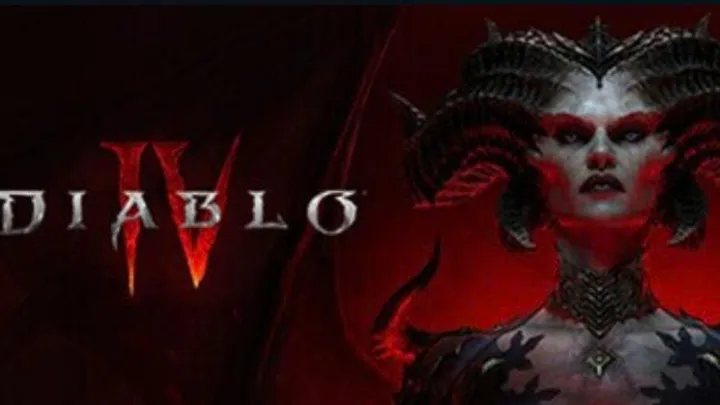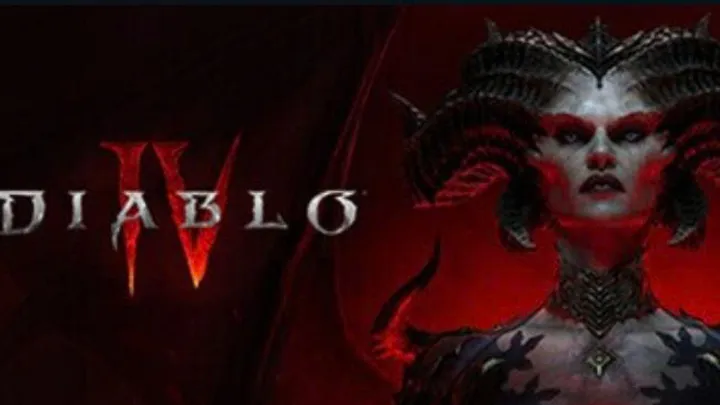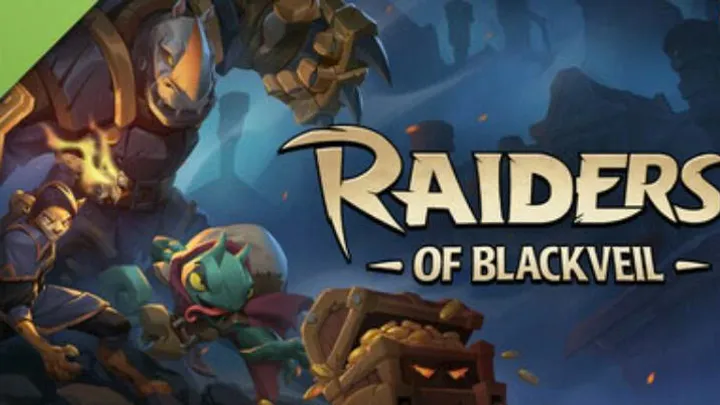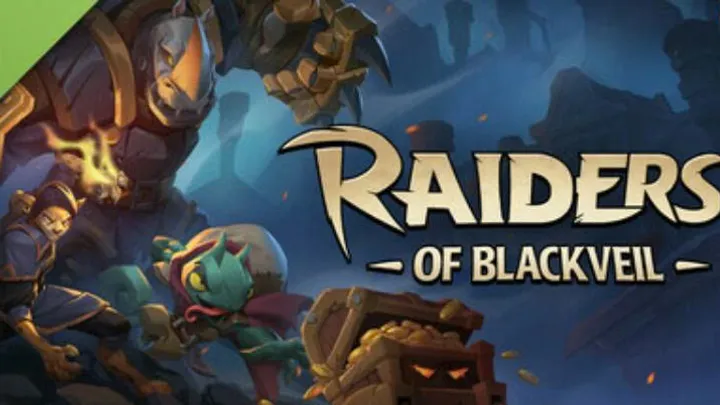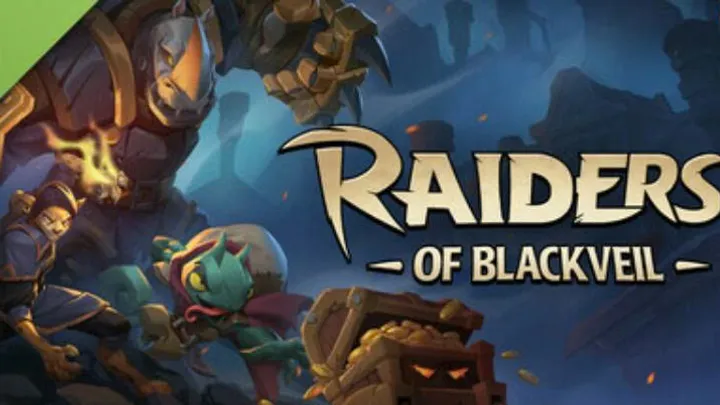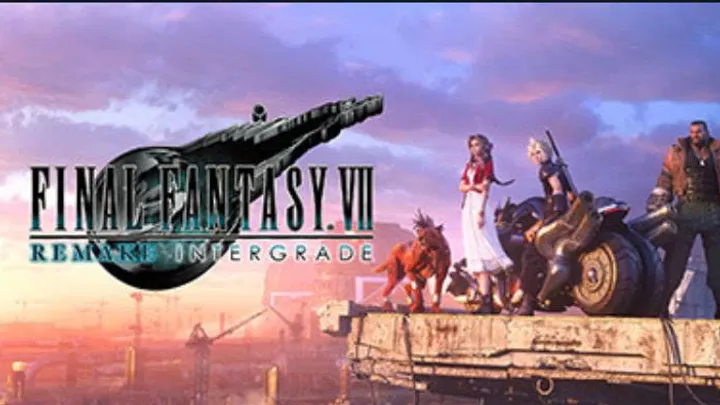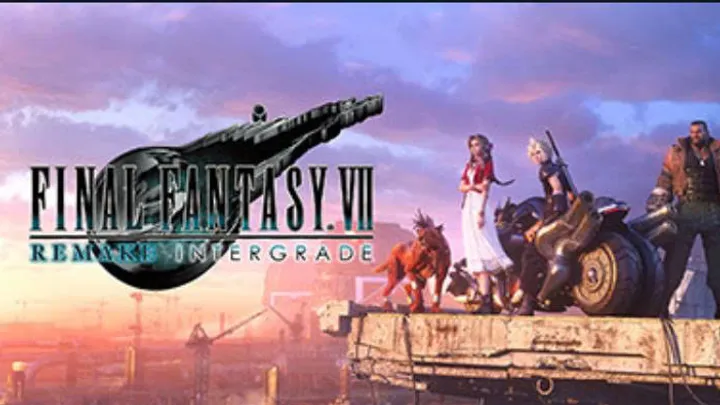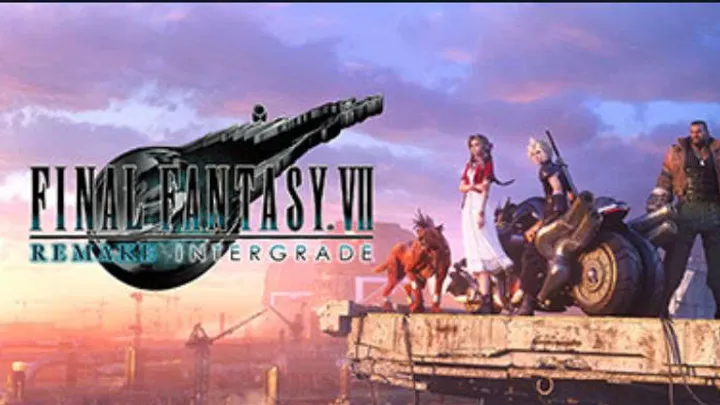Elden Ring: Nightreign, released on May 30, 2025, is a standalone adventure set in the Elden Ring universe. Developed by FromSoftware and published by Bandai Namco Entertainment, the game introduces a unique blend of roguelike mechanics and cooperative gameplay. One of its standout features is the "Deep of Night" mode, a high-difficulty challenge that tests even the most seasoned players. This article delves into the intricacies of this mode, examining its design, challenges, and the recent updates that have aimed to balance its difficulty.
The Genesis of "Deep of Night"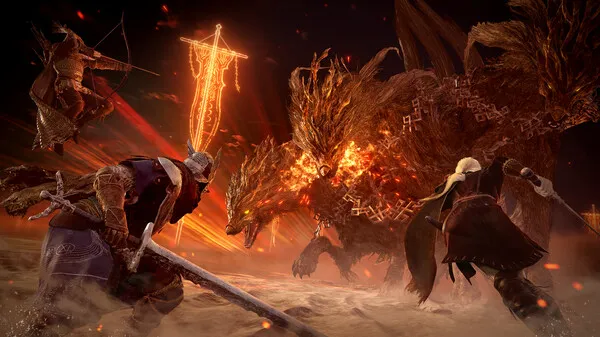
"Deep of Night" was introduced as a high-difficulty challenge mode for players seeking an intense and rewarding experience. Unlike traditional gameplay, this mode randomizes encounters, forcing players to adapt to ever-changing scenarios. The unpredictability of enemy placements, environmental hazards, and limited resources creates a sense of urgency and tension, hallmark traits of FromSoftware's design philosophy.
Each expedition in "Deep of Night" consists of multiple nights, with players facing increasingly formidable foes. Surviving two in-game nights culminates in a climactic battle against one of eight Nightlord bosses, each with unique abilities and strategies. This structure emphasizes the game's roguelike elements, where each playthrough offers a fresh challenge and the possibility of different outcomes.
The Challenge of "Deep of Night"
The "Deep of Night" mode is designed to push players to their limits. Enemies are more aggressive, environmental hazards are more prevalent, and resources are scarcer compared to the standard game. This heightened difficulty has led to a steep learning curve, with many players finding themselves repeatedly failing to progress past certain points.
The randomness of encounters means that players cannot rely solely on memorization or repetitive strategies. Instead, they must develop adaptability, quick decision-making skills, and a deep understanding of their chosen Nightfarer's abilities. This emphasis on skill and adaptability has been both praised and critiqued by the community, with some lauding the challenge and others expressing frustration over the difficulty spikes.
Community Feedback and Developer Response
The intense difficulty of "Deep of Night" did not go unnoticed. Players took to various forums and social media platforms to share their experiences, with many highlighting the mode's punishing nature. Common complaints included the overwhelming strength of certain bosses, the scarcity of healing items, and the randomness of enemy spawns that could lead to seemingly unavoidable deaths.
In response to this feedback, FromSoftware introduced several updates aimed at balancing the mode. These updates included adjustments to enemy health and attack power, as well as tweaks to the spawn rates of certain enemies. Additionally, the introduction of the "Depth level decrease" option allowed players to lower the difficulty of the mode if they found it too challenging, providing a more accessible experience for a broader audience.
The Role of Nightlord Bosses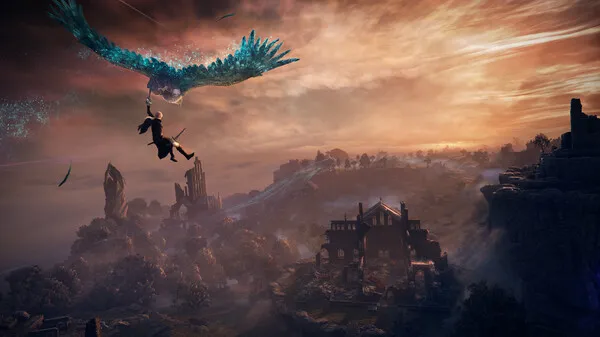
At the heart of "Deep of Night" are the Nightlord bosses, powerful entities that serve as the ultimate test for players. Each Nightlord possesses unique abilities and requires different strategies to defeat. For instance, some may have devastating area-of-effect attacks, while others might summon minions to overwhelm players.
The design of these bosses emphasizes the game's focus on strategic combat and preparation. Players must study each Nightlord's patterns, exploit weaknesses, and coordinate with their team to emerge victorious. This approach ensures that each encounter remains fresh and challenging, even for veteran players.
The Impact of Recent Updates
Recent updates to "Deep of Night" have significantly altered the gameplay dynamics. One notable change is the implementation of rank demotion protection. This feature prevents players from losing progress after a limited number of defeats, allowing them to continue their journey without the fear of losing hard-earned advancements.
Additionally, adjustments to boss health and attack power have made certain encounters more manageable. These changes aim to strike a balance between maintaining the mode's challenging nature and ensuring that it remains accessible to a wider range of players.
Strategies for Success
To succeed in "Deep of Night," players must adopt a multifaceted approach. Preparation is key; understanding the strengths and weaknesses of both enemies and bosses can provide a significant advantage. Equipping the right relics, coordinating with teammates, and managing resources effectively are all crucial components of a successful expedition.
Adaptability is equally important. Given the randomness of encounters, players must be ready to adjust their strategies on the fly. This flexibility ensures that they can handle unexpected challenges and capitalize on opportunities as they arise.
The Future of "Deep of Night"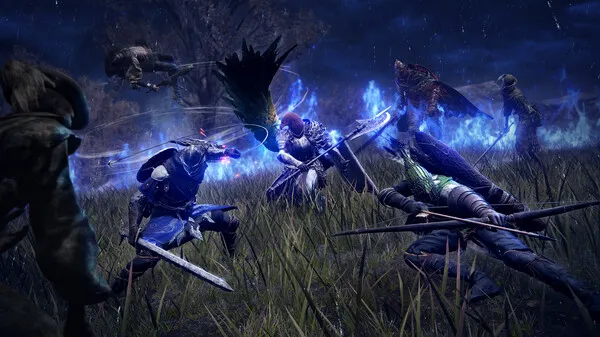
Looking ahead, FromSoftware has indicated plans to further expand and refine "Deep of Night." Future updates may introduce new Nightlord bosses, additional relics, and enhanced co-op features to enrich the player experience. The developer's commitment to ongoing support suggests that "Deep of Night" will continue to evolve, offering players new challenges and content to explore.
Conclusion
"Deep of Night" in Elden Ring: Nightreign offers a unique and challenging experience that stands out in the realm of action RPGs. Its blend of roguelike elements, strategic combat, and cooperative gameplay creates a dynamic environment where every decision counts. While the mode's difficulty can be daunting, the satisfaction of overcoming its challenges provides a rewarding experience for those who persevere. With ongoing updates and a dedicated player base, "Deep of Night" promises to remain a central feature of Elden Ring: Nightreign for the foreseeable future.
